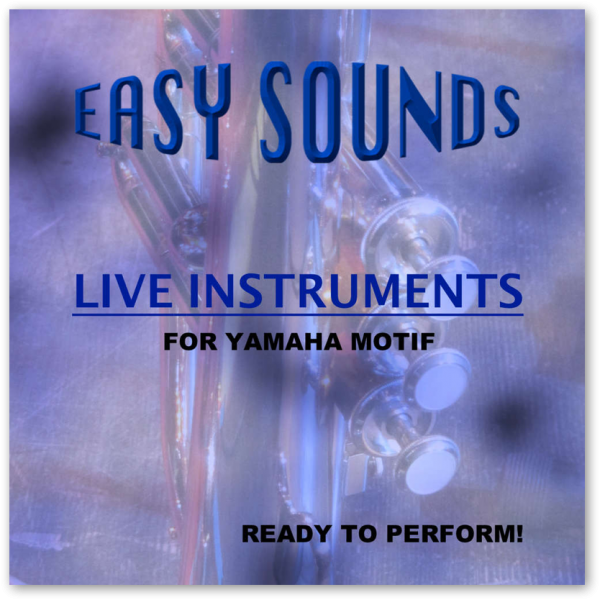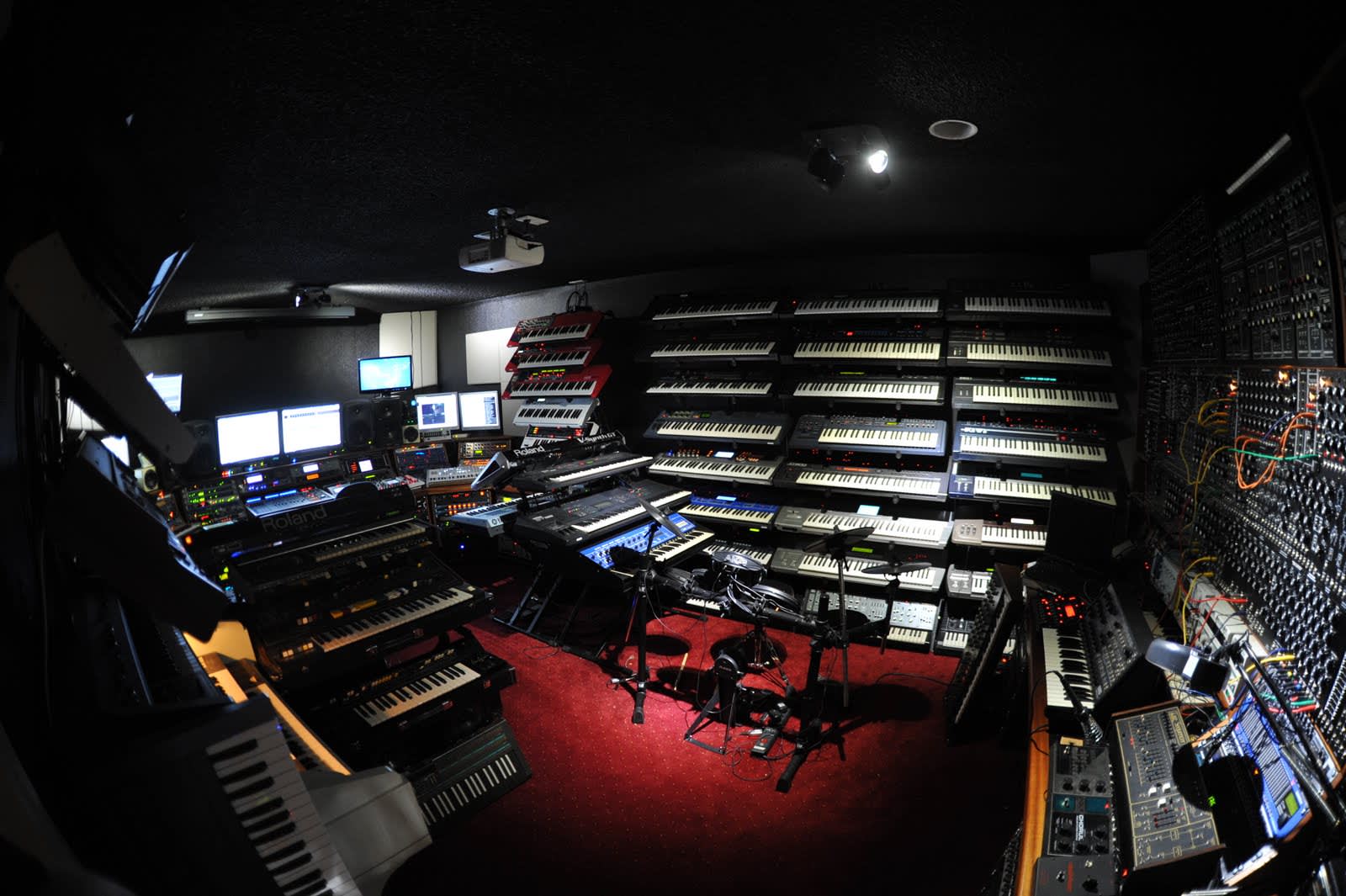


And also pads (a real weakness in both Motif Classic and Motif ES) - although no improvement in choirs.Ī rechecking of the e-pianos shows them to be similar, except for the ones that are heavily dependent upon effects such as phasing, and these really stand out and might even beat GEM's DRAKE technology in a shootout (which I couldn't do, of course).Īs for the rack features, it's a huge improvement in usability from the nightmarish ES rack, and has a dedicated (and free) Multi editor so one needn't go insane trying to use the front panel for that. Where the XS excels is organs (B3, Farfisa/Panther/etc., church organ). The basses and synth basses are similar (but good), strings are still inferior to Kurzweil, brass and winds are OK but not great, ethnic stuff is unavailable elsewhere so hard to compare (I still don't have a software source for the pungi, which is the snake charmer's flute and different from a shehnai). I retried the Motif XS this morning on the way to work, and it's a mixed bag. piano but am interested in how it would feel triggered from a weighted keyboard.

This combined with the new 16 voice multimode, would allow for more of an arranger type set up, if you're so inclined.

The other area of improvement is with the arps, which are now four concurrently vs. You can quibble here and there of course. As a result the XS is pretty nicely balanced across the line. I thought Yamaha did a nice job of identifying the weaker sounds of the ES and updating them. In EPs there is a new Wurlie but the Rhodes waves remain the same and the DX waves are actually cut back. New waveforms are mostly in orchestral, along with the new acoustic piano. But many ES effects I had hoped would be improved in the XS sound pretty much the same, with Yamaha's take on a Leslie sim (thin and watery) at the top of the list. And there are some new vintage stompbox effects. I'd classify ES reverbs as unusable in today's world.


 0 kommentar(er)
0 kommentar(er)
